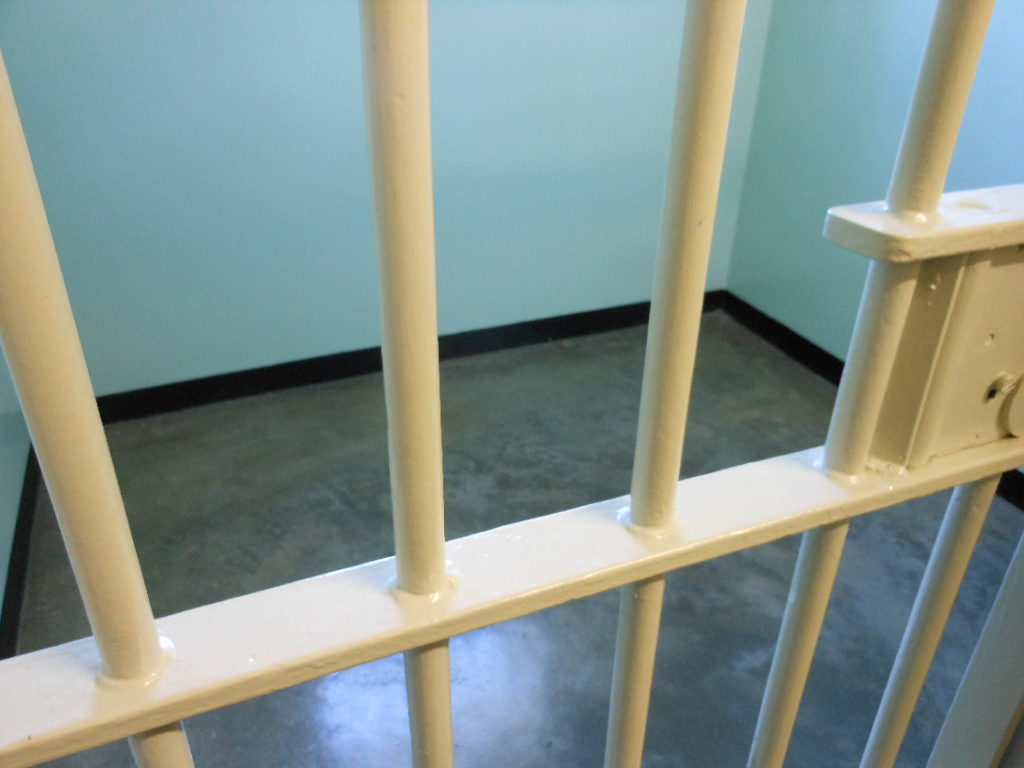
A new study on the relationship between childhood poverty and how likely someone is to be imprisoned later contains an eyebrow-raising statistic about one Nashville neighborhood.
The
Washington Post writes:
In a number of Zip codes, future incarceration rates topped 10 percent. For instance, 1 in 7 children (male and female) born in North Nashville, Tenn., between 1980 and 1986 could expect to end up incarcerated on any given day in their early 30s, the highest rate in the nation among high-population Zip codes.
In fact, according to
a Brookings Institution analysis, 14 percent of people who grew up in the 37208 Zip code between 1980 and 1986 were incarcerated. That’s three points higher than the next highest-ranked neighborhood, in Portsmith, Va. (just across the Elizabeth River from Norfolk). From Brookings:
“[The authors] find that boys who grew up in families in the bottom 10 percent of the income distribution — families earning less than about $14,000 — are 20 times more likely to be in prison on a given day in their early 30s than children born to the wealthiest families — those earning more than $143,000. The authors estimate that almost one in 10 boys born to lowest income families are incarcerated at age 30 and make up about 27 percent of prisoners at that age.
The 37208 Zip code covers most of the area north of downtown and south of the Cumberland River, excluding Metro Center and stopping just shy of TSU to the west. It includes the Germantown, Salemtown, Buena Vista and Hadley / Washington neighborhoods. Also in the top 50 is 37207, in East Nashville between Buena Vista Pike and Ellington Parkway.
Neighborhoods in both of these Zip codes, like Germantown, Salemtown and parts of East Nashville, have gentrified dramatically since the 1980s.
More:
Childhood Poverty Drops In Nashville, But Analysts Worry It’s Moving To The Suburbs

The study’s authors, Adam Looney and Nicholas Turner, don’t spend too much time looking at causation. They quickly cite potential factors examined by other researchers: family environment, biological stressors associated with poverty, the school-to-prison pipeline.
They do, however, offer a conclusion: “Policies focused earlier in life that increase childhood investments, reduce discrimination, reform criminal justice practices, or target economic distress in specific neighborhoods may be more effective tools for both reducing future incarceration rates and by aiding reentry following release.”


